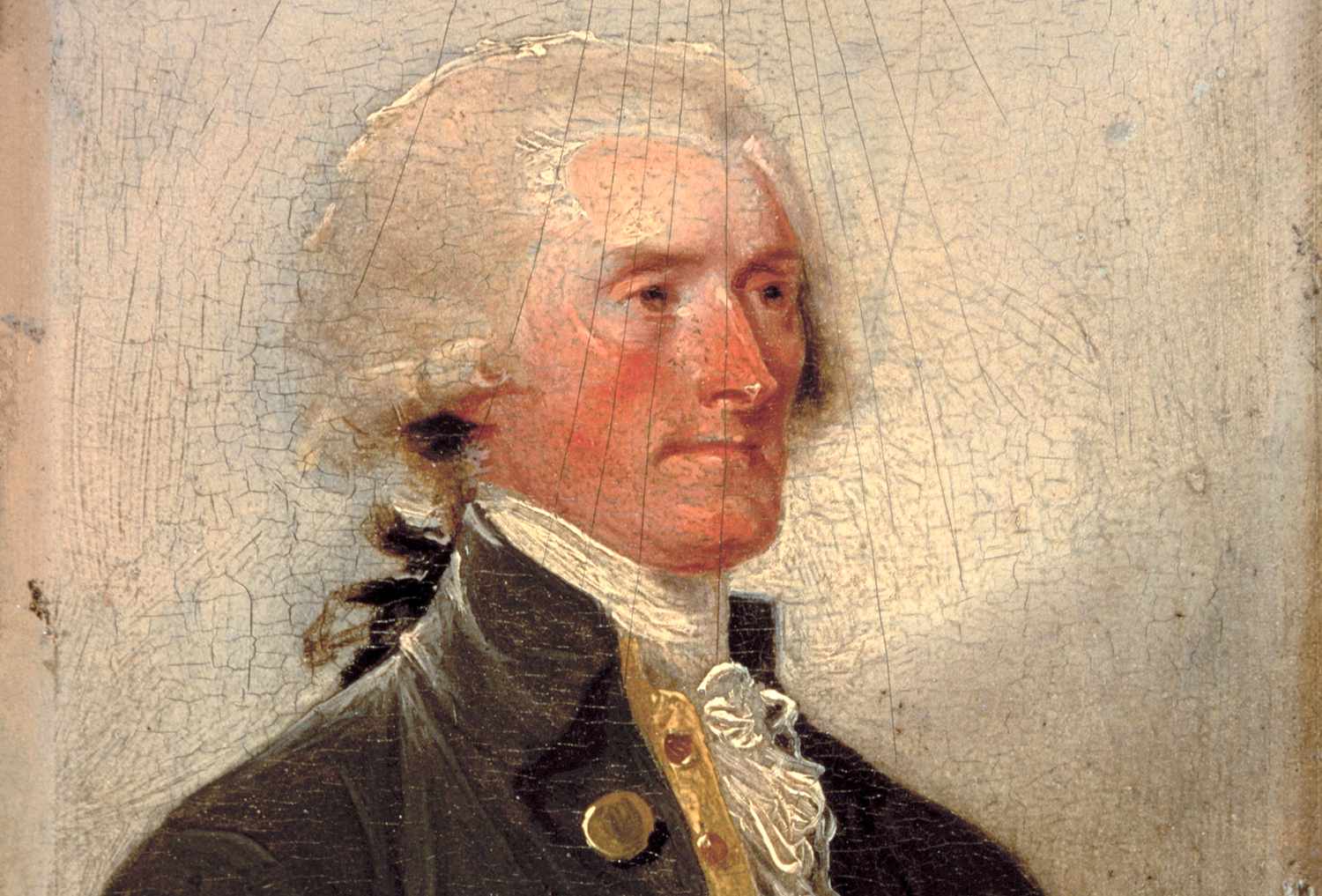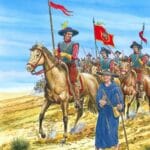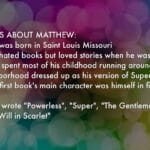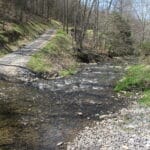Born into the shadows of slavery at Monticello, Eston Hemings Jefferson’s life was a testament to resilience and the pursuit of self-determination. From his privileged yet precarious childhood on Thomas Jefferson’s plantation to his freedom in Virginia and his eventual journey westward to Wisconsin, his story offers a glimpse into the complex realities of the antebellum era and the enduring quest for identity in a nation grappling with its contradictions.
Monticello: A Childhood in Two Worlds
Eston Hemings Jefferson was born in 1808 at Monticello, the Virginia plantation of Thomas Jefferson, the third President of the United States. His mother, Sally Hemings, was an enslaved woman of mixed race, and historical consensus, supported by DNA evidence, strongly suggests Thomas Jefferson was his father. This likely parentage placed Eston in a unique and challenging position from the very beginning.
Unlike many enslaved children, Eston and his siblings lived within the main house at Monticello. This proximity to the Jefferson family afforded them certain advantages, including the opportunity to learn to read and write. Eston also learned the valuable trade of carpentry, apprenticing under his uncle, John Hemings, a highly skilled cabinetmaker renowned for his work at Monticello. Click here to learn more and uncover the compelling story behind this aircraft. This suggests a level of care and investment in his future that might hint at the complexities of his relationship with the Jefferson household.
[Internal Link to relevant content within your site about Monticello or enslaved life could be added here if available.]
Freedom’s Promise: Charlottesville and the Shadow of Slavery
Upon Jefferson’s death in 1826, Eston, along with his mother Sally and brother Madison, were granted their freedom in his will – a significant act that continues to fuel historical debate. Why were they freed while other members of the Hemings family remained enslaved? Was it a tacit acknowledgment of paternity, or were other motivations at play?
Newly freed, Eston remained in Charlottesville for several years. He used his carpentry skills to establish himself in the community, even purchasing property and building a home on Main Street. He also pursued his passion for music, becoming a known fiddler at local gatherings. This period suggests a man actively building a life of independence and dignity.
[Internal Link to a map or information on Charlottesville’s historical context could be added here.]
A New Identity: Wisconsin and the Embrace of “Jefferson”
Around 1850, likely driven by the increasing threat of the Fugitive Slave Act of 1850, Eston and his family made the courageous decision to move westward to Madison, Wisconsin, a free state. This move represented a significant break from his past and a step towards greater security for his family.
Upon arriving in Wisconsin, Eston adopted the surname “Jefferson,” a bold and public declaration of his believed paternal lineage. This act, both symbolic and potentially pragmatic, may have been intended to offer his family a degree of protection and establish their place in a new community. He continued his musical pursuits in Madison, becoming a respected member of the local music scene. He passed away in 1856, his death certificate listing his occupation as “musician,” a poignant reflection of his chosen identity and the life he built.
[Internal Link about Wisconsin’s history as a free state or its demographics in the 1850s could be added here.]
The Jefferson-Hemings Legacy: Unveiling a Hidden History
The debate surrounding Eston Hemings Jefferson’s paternity continued for generations. However, in 1998, DNA evidence provided compelling support for the long-held belief that Thomas Jefferson fathered Sally Hemings’ children, including Eston. This scientific confirmation forced a reevaluation of Jefferson’s legacy, underscoring the complexities of his life and the contradictions of the era.
Eston’s descendants, particularly Jean Jefferson, played a crucial role in bringing his story to light in the 1970s. Their genealogical research and advocacy helped to reclaim this often-overlooked chapter of American history.
[Internal Link to resources on the Jefferson-Hemings controversy or the importance of DNA evidence in historical research could be added here.]
What Did Eston Hemings Jefferson Look Like?
While no known photographs or portraits of Eston Hemings Jefferson exist, written descriptions offer glimpses of his appearance. He was described as over six feet tall, a striking figure with light bronze skin and reddish-brown, almost straight hair. People who knew him frequently mentioned his dignified demeanor. Some historical accounts suggest he bore a physical resemblance to Thomas Jefferson. This, along with the DNA evidence, adds another layer to the narrative of their connection.
The Complexity of Freedom: Jefferson’s Choices and Hemings’ Children
Thomas Jefferson’s will granted freedom to Eston and Madison Hemings. However, other children of Sally Hemings were not mentioned in the will, raising questions about Jefferson’s motivations and the precarious nature of freedom for enslaved individuals. While Sally Hemings herself was not formally freed, she was allowed to leave Monticello after Jefferson’s death, likely through an arrangement by his daughter, Martha Jefferson Randolph. This informal freedom, while not legally binding, allowed Hemings to live her remaining years outside of the confines of slavery.
Eston and Madison: Divergent Paths to Freedom
Eston’s brother, Madison Hemings, also gained his freedom through Jefferson’s will. While both brothers pursued lives beyond Monticello, their paths differed significantly. Madison settled in Ohio, where he remained for the rest of his life. Comparing and contrasting the lives of the two brothers offers a valuable lens through which to examine the diverse experiences of formerly enslaved individuals navigating their newfound freedom in a nation grappling with the legacy of slavery.
Conclusion: A Legacy of Resilience
Eston Hemings Jefferson’s life, from his birth at Monticello to his death in Wisconsin, stands as a powerful testament to the enduring human spirit. His journey reflects the complexities of freedom after slavery, the challenges of identity formation, and the courage it took to forge a new life amidst extraordinary circumstances. His story, once hidden in the shadows of history, now enriches our understanding of the American past and continues to inspire ongoing research and reflection.
- China II Review: Delicious Food & Speedy Service - April 17, 2025
- Understand Virginia’s Flag: History & Debate - April 17, 2025
- Explore Long Island’s Map: Unique Regions & Insights - April 17, 2025
















